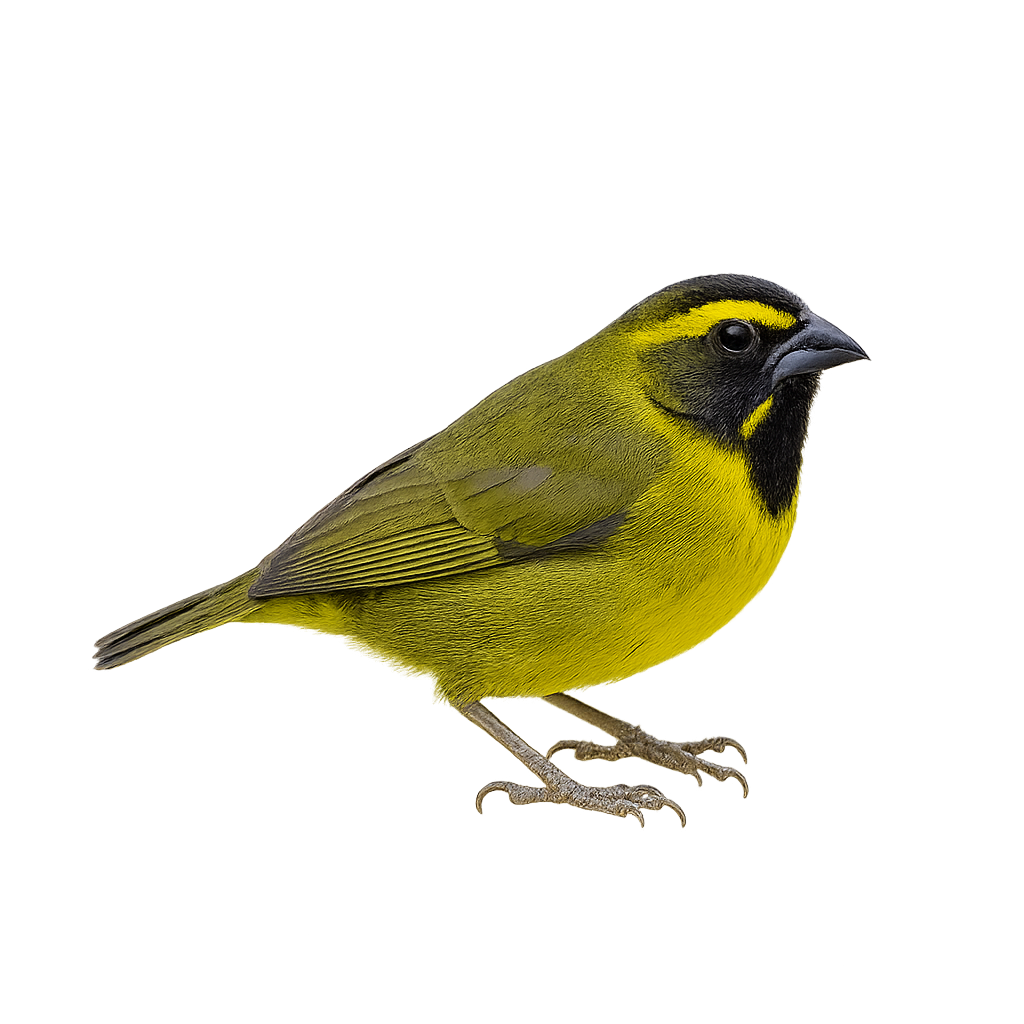Your wildlife photography guide.
Explore the yellow-faced grassquit in detail, study its behavior, prepare your shots.
Where to observe and photograph the yellow-faced grassquit in the wild
Learn where and when to spot the yellow-faced grassquit in the wild, how to identify the species based on distinctive features, and what natural environments it inhabits. The WildlifePhotographer app offers tailored photography tips that reflect the yellow-faced grassquit’s behavior, helping you capture better wildlife images. Explore the full species profile for key information including description, habitat, active periods, and approach techniques.
Yellow-faced Grassquit
Scientific name: Tiaris olivaceus

IUCN Status: Least Concern
Family: THRAUPIDAE
Group: Birds
Sensitivity to human approach: Suspicious
Minimum approach distance: 5 m
Courtship display: March to June
Incubation: 12-13 jours
Hatchings: March to July
Habitat:
Grasslands, savannas, shrublands
Activity period :
Primarily active during the day, with peak activity in the morning and late afternoon.
Identification and description:
The Yellow-faced Grassquit, or Tiaris olivaceus, is a small granivorous bird found mainly in the tropical and subtropical regions of the Americas. It is easily recognizable by its olive-green plumage and bright yellow facial mask, which contrasts with its duller body. This passerine measures about 11 cm in length and weighs between 8 and 10 grams. It primarily inhabits grasslands, savannas, and shrublands, where it feeds on seeds and insects. The Yellow-faced Grassquit is a social bird, often observed in small groups. Its song is a soft and melodious trill, used to mark its territory and attract mates. Although not threatened, deforestation and habitat loss can affect its local populations.
Recommended lens:
400mm – adjust based on distance, desired framing (portrait or habitat), and approach conditions.
Photography tips:
To photograph the Yellow-faced Grassquit, it is advisable to use a 400 mm lens or longer to capture detailed images without disturbing the bird. Look for it in grasslands and savannas, where it is often active during the day. Be patient and discreet, as this bird can be suspicious. Use a tripod to stabilize your camera and wait for it to perch on a branch or blade of grass. Morning or late afternoon light is ideal for capturing the bright colors of its plumage.
The WildlifePhotographer App is coming soon!
Be the first to explore the best nature spots, track rutting seasons, log your observations, and observe more wildlife.
Already 1 439 wildlife lovers subscribed worldwide

